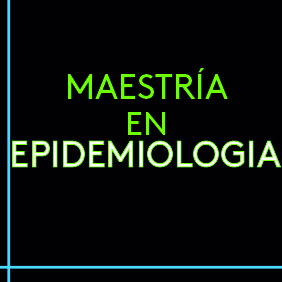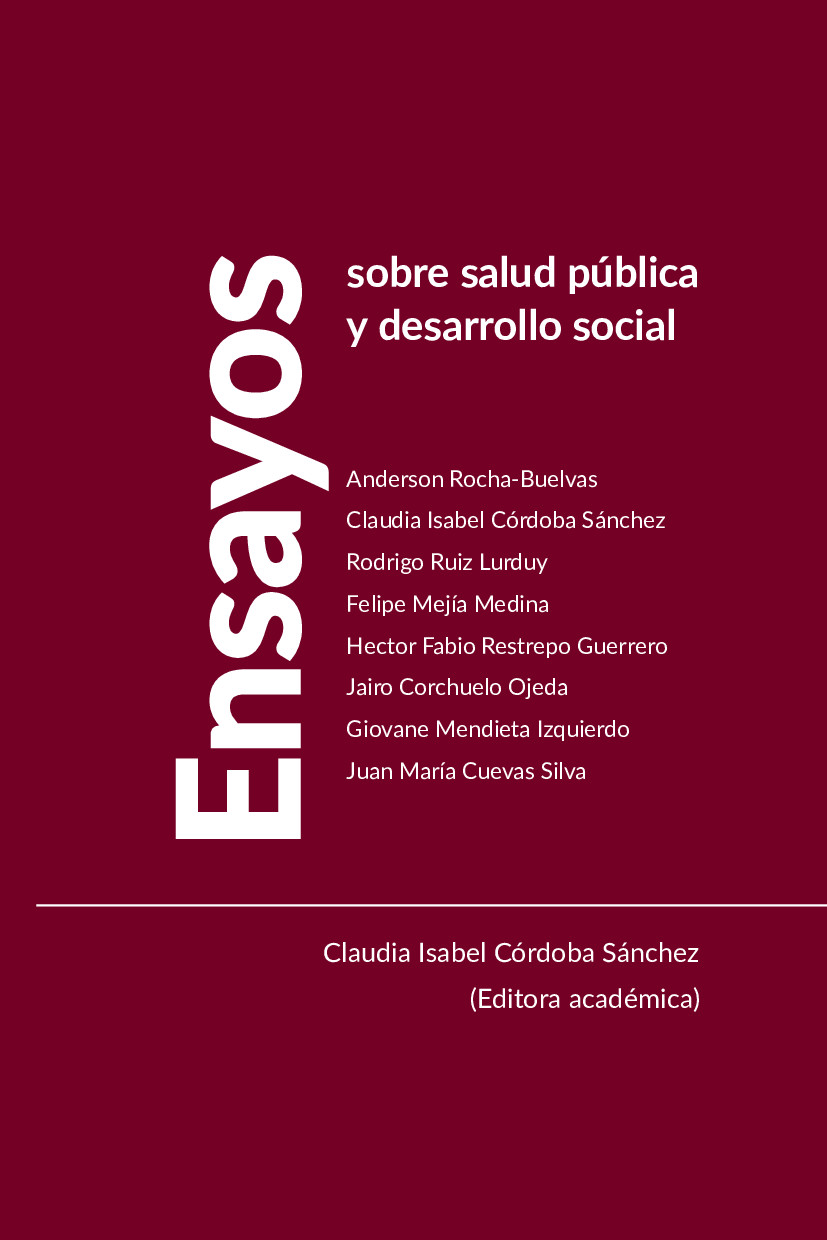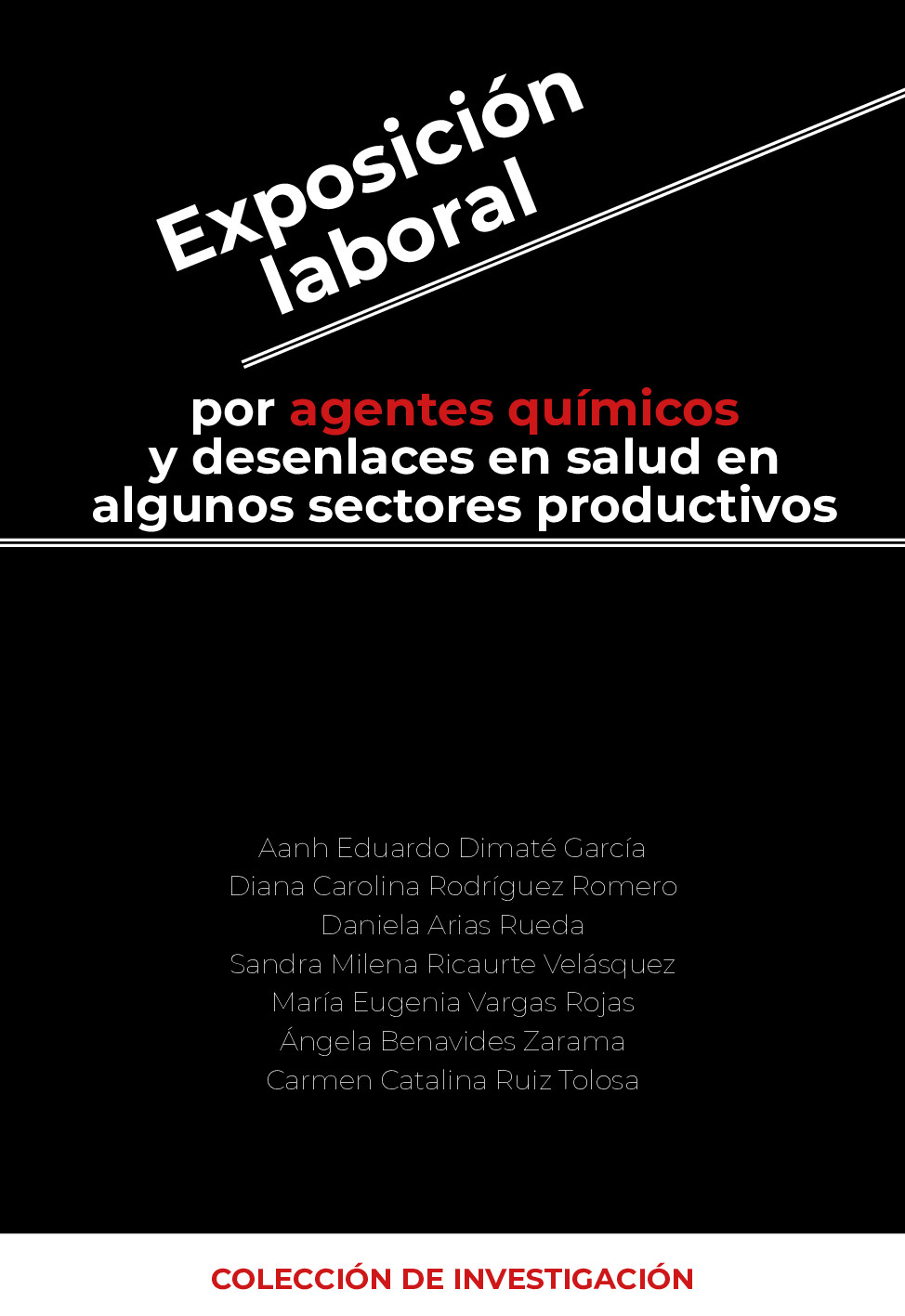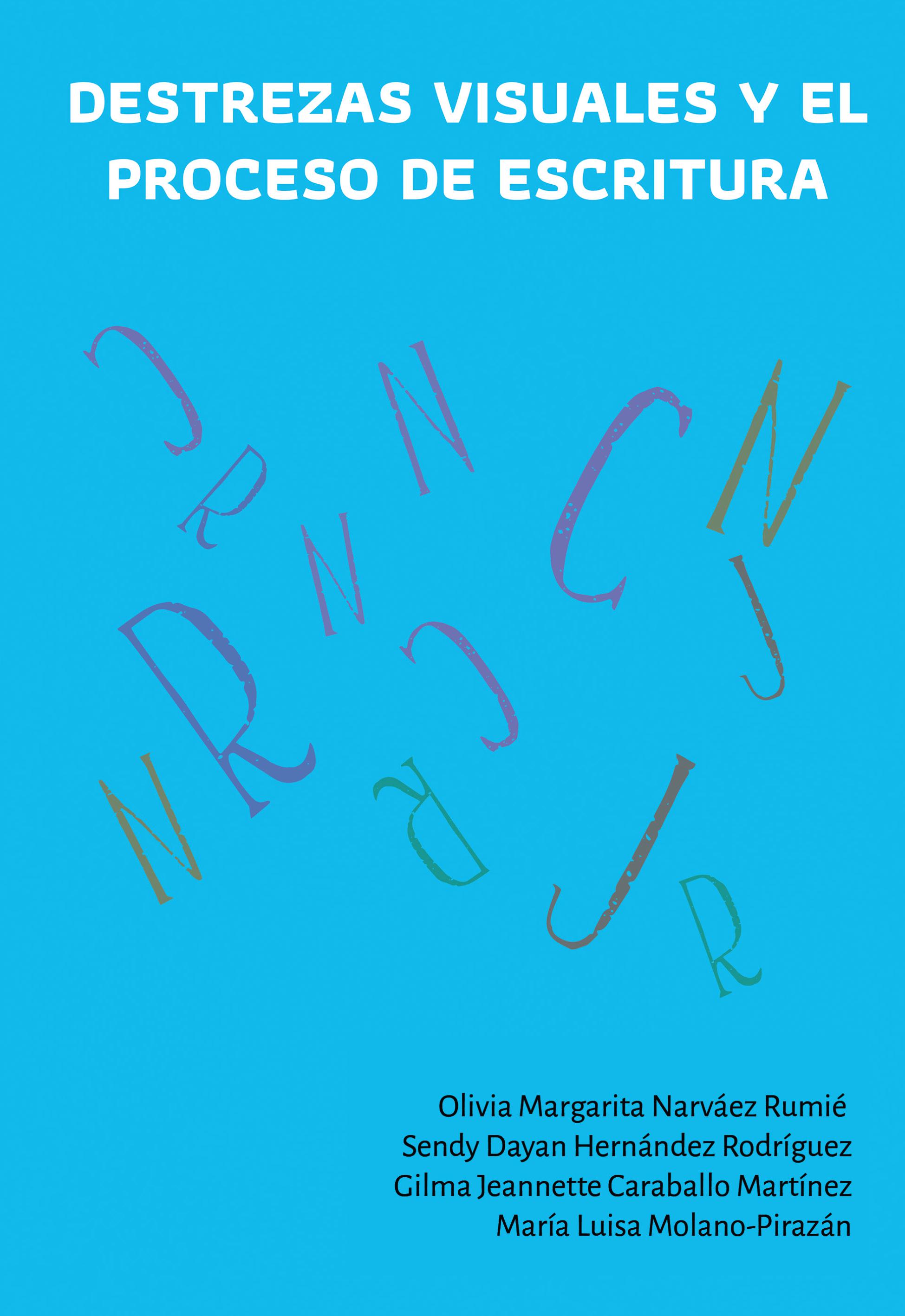Abstract
El país no cuenta con un instrumento validado para la identificación del riesgo obstétrico. El control prenatal es un programa de tamizaje multifásico, en el que se identifica el riesgo obstétrico de la paciente, con el fin de generar la atención específica que ésta necesite con base en el riesgo identificado. El control prenatal es la prueba tamiz para detectar el alto riesgo obstétrico durante el embarazo. No se ha validado con criterio científico la consulta prenatal como herramienta de tamizaje del riesgo obstétrico. El contenido de las consultas prenatales parece ser más ritualista que el producto de un programa de control de salud racional. Para complicar aún más la evaluación del control prenatal, hay un efecto variable según las poblaciones. No existe ninguna duda sobre la amplia aceptación que tiene el control prenatal en el país. Aunque existe un consenso general sobre muchos factores prenatales y perinatales que aumentan el riesgo obstétrico, no se encuentra en la literatura un acuerdo que permita calcular tal grado de riesgo. Algunos de los registros disponibles comercialmente se han incorporado a los sistemas de puntuación de alto riesgo con el fin de clasificar a las pacientes en categorías de alto y bajo riesgo.
Abstract
We don’t have a validate tool for identifying the high-risk pregnancy. The prenatal care is a multiphase process for putting through that try to identify the pregnancy risk, and allow to physicians take care based in the risk. In fact, the prenatal care is used like a sieve test for detecting the high-risk pregnancy. But this test doesn’t have been validated scientifically for that aim. The contents of the prenatal care programs seem to be more ritualistic than the product of a rational health control program. Besides, the prenatal care has a changer effect according to the population evaluated. But doesn’t exist any doubt about the great acceptance of the prenatal care in the country. Although there is a general assent about a lot of prenatal and perinatal factors that increase the pregnancy risk, doesn’t exist an agreement that allow for working out the risk degree. Some of the records commercially available have been incorporated to the score systems
of high risk for rating the patients in low and high-risk pregnancies.
Keywords: high-risk pregnancy, prenatal care.
Licence
Authors should declare no conflicts of interest either for reasons of financing the project which is the result of the article; as well as intellectuals, academics, moral and investigative reasons.
The Journal of Andean Research is home to the ethical rules for publications issued by the COPE: http://publicationethics.org/resources/code-conduct
References
www.clap.ops-oms.org (consultado en septiembre de 2004).
2 Departamento Administrativo Nacional de Estadística DANE.
Disponible en: www.dane.gov.co (consultado en septiembre de 2004)
3 Cuadros comparativos de mortalidad materna por país. Disponible
en: www.peridicoelpulso.com (consultado en septiembre de 2004)
4 Bermúdez MA, Montes LA, Saboya MI. Vigilancia de la mortalidad
materna, Colombia, 2001-2002. Inf Quinc Epidemiol Nac. Ministerio
de Protección Social. Instituto Nacional de Salud. 2003;8(9): 145-60.
5 Dood JM, Robinson JS, Crowther CA. Guiding antenatal care. MJA.
2002;176 6:253-254.
6 Hall MH, Chang PK, MacGillivray I. Is routine antenatal care
worthwile? Lancet 1980; ii: 78-80.
7 Profamilia. Encuesta Nacional de Demografía y Salud 2000. Santa Fé
de Bogotá, Colombia, 2000.
8 Villar J, Ba’aqeel H, Piaggio G, et al. WHO systematic review of
randomised controlled trials of routine antenatal care. Lancet 2001;
357: 1551-1564.
9 Carroli G, Villar J, Piaggio G, et al. WHO systematic review of
randomised controlled trials of routine antenatal care. Lancet 2001;
357: 1565-1570.
10 Villar J, Bergsjo P. Scientific basis for the content of routine antenatal
care. I: Philosophy, recent studies, and power to eliminate or alleviate
adverse maternal outcomes. Acta Obstetrica et Gynecologica
Scandinavica 1997;76:1-14.
11 Bergsjo P, Villar J. Scientific basis for the content of routine antenatal
care. II. Power to eliminate or alleviate adverse newborn outcomes;
some special conditions and examinations. Acta Obstetrica et
Gynecologica Scandinavica 1997;76:15-25.
12 Gülmezoglu M, de Onis M, Villar J. Effectiveness of interventions to
prevent or treat impaired fetal growth. Obstetrical and Gynecological
Survey 1997;52:139-49.
13 de Onis M, Villar J, Gülmezoglu M. Nutritional interventions to prevent
intrauterine growth retardation: evidence from randomised
controlled trials. European Journal of Clinical Nutrition 1998;52:S83 S93.
14 Villar J, Gülmezoglu M, de Onis M. Nutritional and antimicrobial
interventions to prevent preterm birth: An overview of randomised
controlled trials. Obstetrical and Gynecological Survey 1998;53:575-85.
15 Carroli G, Rooney C, Villar J. How effective is antenatal care in preventing
maternal mortality and serious morbidity? An overview of
the evidence. Paediatric and Perinatal Epidemiology 2001;15 (Suppl 1):1-
42.
16 Hunt JM, Lumley J. Are recommendations about routine antenatal
care in Australia consistent and evidence-based? MAJ 2002;176: 255-
259.
17 Lumley J, Oliver S, Water E. Interventios for promoting smoking
cessation during pregnanciy (Cochrane Review). In: The Cochrane
Library, Issue 4, 2001. Oxford: Update Software.
18 Parmelee AH, Haber A. Who is the “Risk Infant”? Clin Obstet Gynecol
1973;16: 376-387
19 Lilienfeld AM, Parkhurst E. A study of the association of factors of
pregnancy and parturition with the development of cerebral palsy.
A preliminary report. Am J Hyg 1951; 53: 262.
20 Goodwin JW, Reid D. Am J Obstet Gynecol. 1963; 85: 209.
21 Goodwin JW, Dunne JT, Thomas BW. Antepartum identification of
the fetus at risk. Can Med Assoc J. 1969; 101: 458 – 465.
22 Aubry RH, Pennington JC. Identification and evaluation of highrisk
pregnancy: The perinatal concept. Clin Obstet Gynecol. 1973;
16: 3 – 27.
23 Hobel CJ, Hyvarinen MA, Okada DM, et al. Prenatal and intrapartum
high-risk screening: I. Prediction of the high-risk neonate. Am
J Obstet Gynecol. 1973; 117: 1 – 9.
24 White P. Pregnancy complicating diabetes. In: Treatment of diabetes
mellitus. Edited by E. P. Joslin, H. F. Root, P. White and A. Marble,
Lea & Febiger, Philadelphia, 1959, 690p.
25 Bowman JM, Pollock JM. Pediatrics. 1965; 35: 815.
26 Coopland AT, Preddle LJ, Baskett TF, et al. A simplified antepartum
high-risk pregnancy screening form: Statistical analysis of 5459 cases.
Can Med Assoc J. 1977; 116: 999 – 1001.

 PDF (Español (España))
PDF (Español (España))
 FLIP
FLIP

















